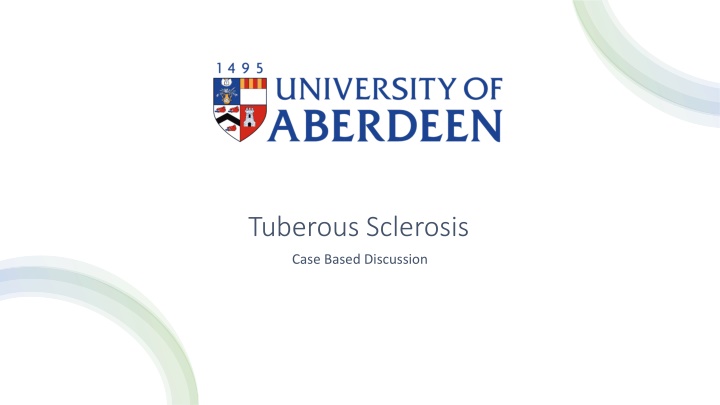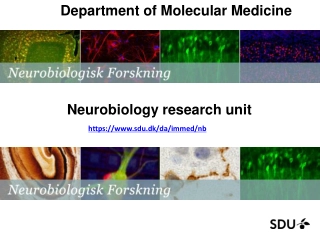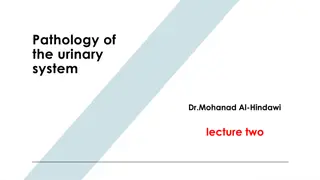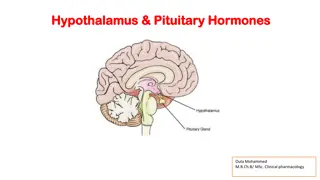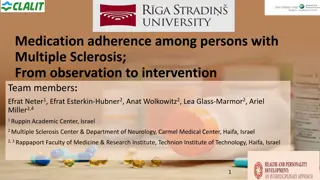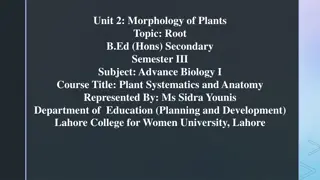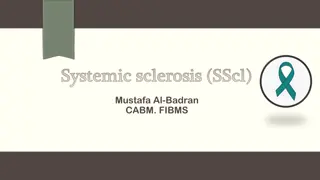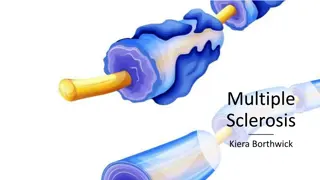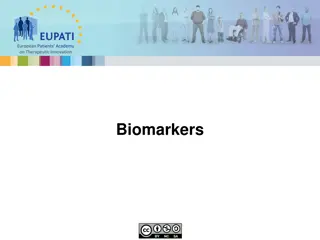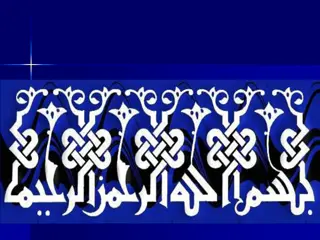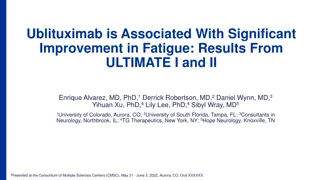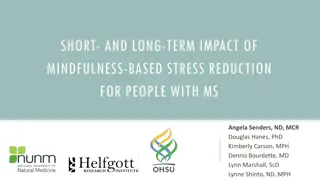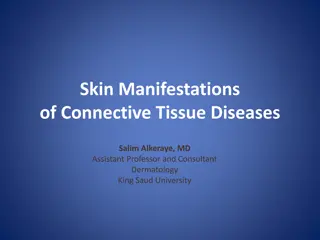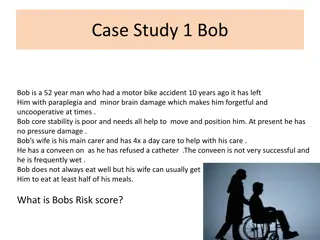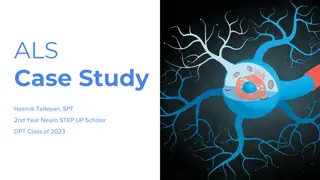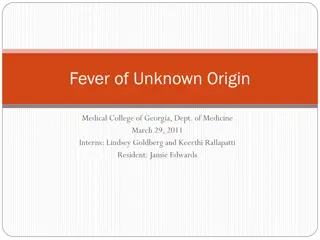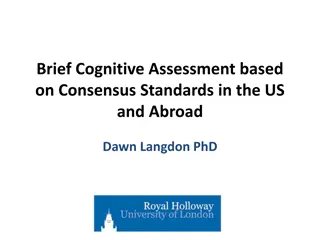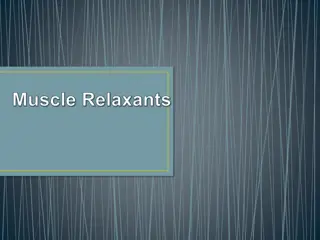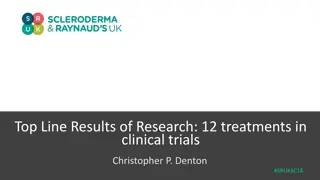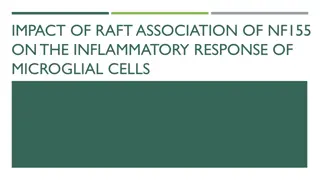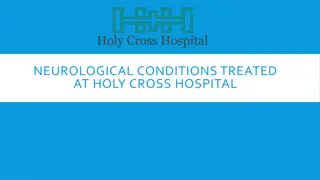Tuberous Sclerosis Case Based Discussion
Explore a detailed case discussion on tuberous sclerosis, a rare genetic disorder. Gain insights into diagnosis, treatment options, and management strategies. Delve into real-life scenarios and expert perspectives in this informative content.
Download Presentation

Please find below an Image/Link to download the presentation.
The content on the website is provided AS IS for your information and personal use only. It may not be sold, licensed, or shared on other websites without obtaining consent from the author.If you encounter any issues during the download, it is possible that the publisher has removed the file from their server.
You are allowed to download the files provided on this website for personal or commercial use, subject to the condition that they are used lawfully. All files are the property of their respective owners.
The content on the website is provided AS IS for your information and personal use only. It may not be sold, licensed, or shared on other websites without obtaining consent from the author.
E N D
Presentation Transcript
Tuberous Sclerosis Case Based Discussion
A 5 month old girl, Ariya Wallace, presented to the paediatric emergency department by ambulance with her first episode of seizures upon wakening that morning. Her mother described the seizures as muscle spasms all over her body which lasted around 10 seconds and occurred about 8 times over 5 minutes. Episode of cyanosis during seizures Had previously been well Presenting complaint
Emergency CT head - shows subependymal calcification suggestive of subependymal nodules. Radiology report states a possibility of tuberous sclerosis Advises MRI brain Investigations What further features might you ask the family about to confirm the diagnosis? What further investigations might you consider in a patient with suspected TS?
Features to ask about: Skin changes Developmental delay Eye examination Dental and oral examination Further investigations Diagnosis EEG ECG/Echo Abdominal MRI and GFR to assess kidneys Genetic testing
Older brother, aged 4, is currently undergoing assessment for developmental delay as he is struggling at nursery, he is also awaiting a dermatology appointment for reddish bumps across his cheeks and nose Older sister, aged 7, has no medical history of note and is doing well in school Mother has endometriosis Father also suffers from skin issues, with dry patches of skin on his lower back surrounded by rough and dimpled skin No family history of epilepsy Family History
10 babies are born with TSC every month in the UK Benign non-cancerous growths in multiple organs. Wil not metastasise but can grow and damage the organ involved. Highly variable presentations and progression Surveillance and monitoring is important TS Summary
Neurocutaneous signs are most common: Neurological features: developmental delay, infantile spasms, epilepsy, learning disability, behavioural difficulties, giant cell astrocytomas, psychiatric disorders Cutaneous: TS Summary Ashleaf marks Shagreen patches Angiofibromas Other features: cardiac rhabdomyomas, angiomyolipomas (renal cysts), multiple lung cysts, retinal hamartomas DermnetNZ, 2022
How might you communicate this diagnosis to the family? What are the implications for them?
Tuberous sclerosis may occur as a sporadic genetic mutation or as an inheritable autosomal dominant mutation. Most cases represent de novo gene mutations, with no family history of the disease. Only one third of TS cases are known to be inherited. Implicated genes include TSC1 and TSC2. TSC1 is located on chromosome 9 and TSC2 on chromosome 16. They direct production of proteins hamartin and tuberin, respectively. These proteins are involved in cell growth, hence mutation can lead to tumour formation. Can undergo genetic testing to determine whether other family members are affected. TS Inheritance
Ariyas father and older brother are both found to have TS on genetic testing. ??? Which gene affected depending on report??? Due to autosomal dominance, children have a 50 percent chance of inheriting TSC if one of their parents has this condition. So if Ariya s father were to have any more children they have a 50% risk. Ariya s father may have inherited from his parents so important to inform the wider family. Ariya herself will also have a 50% risk of passing this mutation on to any children she may have in the future. Outcome Tuberous Sclerosis Australia, 2022
Important to inform families of clinical variability when they are making decisions regarding having children. Whilst some affected children may have only skin lesions, others may have profound learning difficulty and seizures. Options for future pregnancies: No testing in pregnancy Invasive testing in pregnancy Pre implantation genetic diagnosis. Management options: Anti-epileptics Surgery mTOR inhibitors have been found to reduce tumours and cutaneous manifestations Further Steps
Tuberous Sclerosis Association: An introduction to tuberous sclerosis complex (https://tuberous- sclerosis.org/wp-content/uploads/2019/10/TSA-An- introduction-to-TSC.pdf) Tuberous Sclerosis Association: UK guidelines for managing tuberous sclerosis complex, a summary for clinicans in the NHS (https://tuberous-sclerosis.org/wp- content/uploads/2019/10/SummaryofUKguidelinesform anagingTSCFINAL.pdf) NORD: Tuberous Sclerosis (https://rarediseases.org/rare-diseases/tuberous- sclerosis/) Resources
